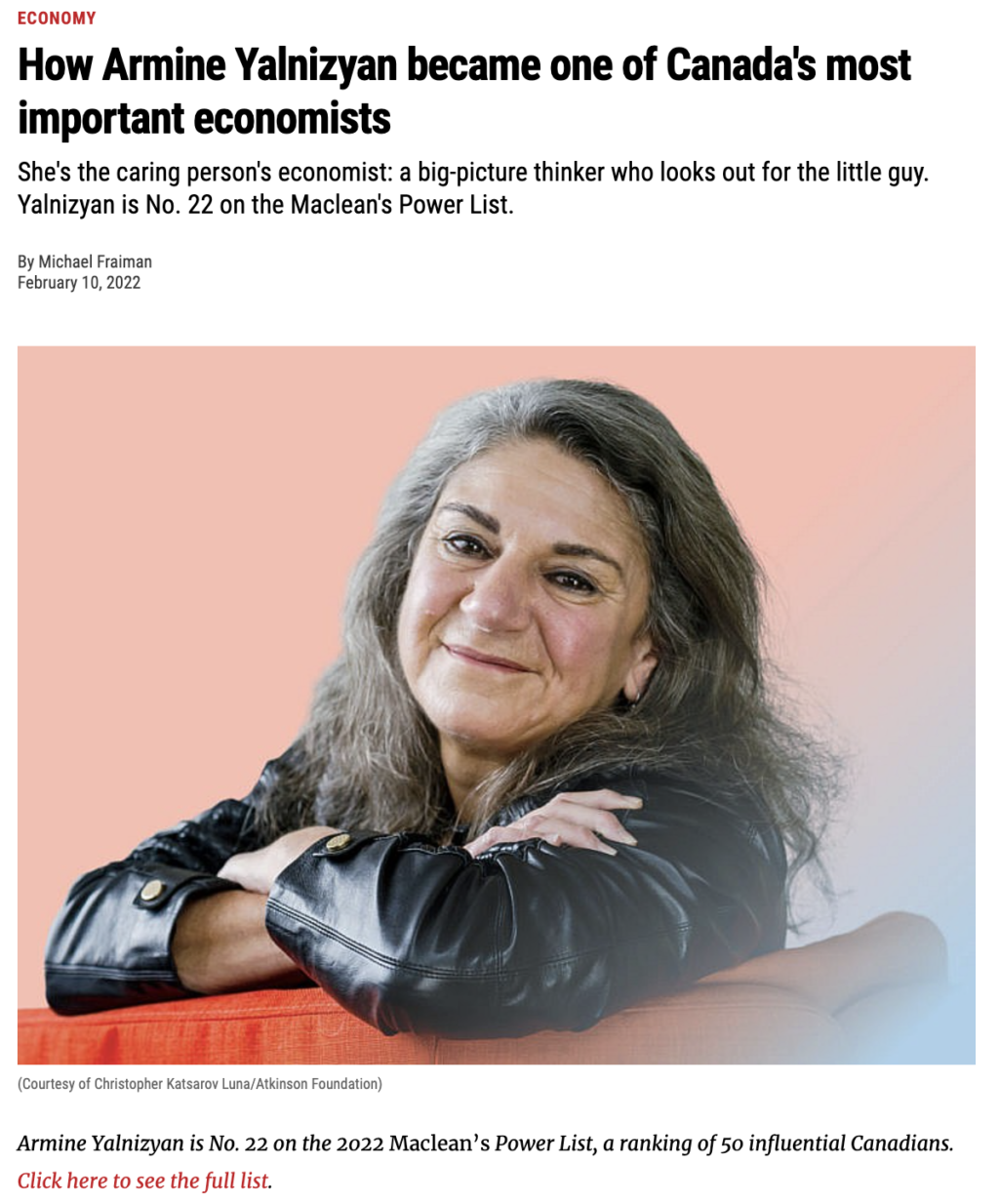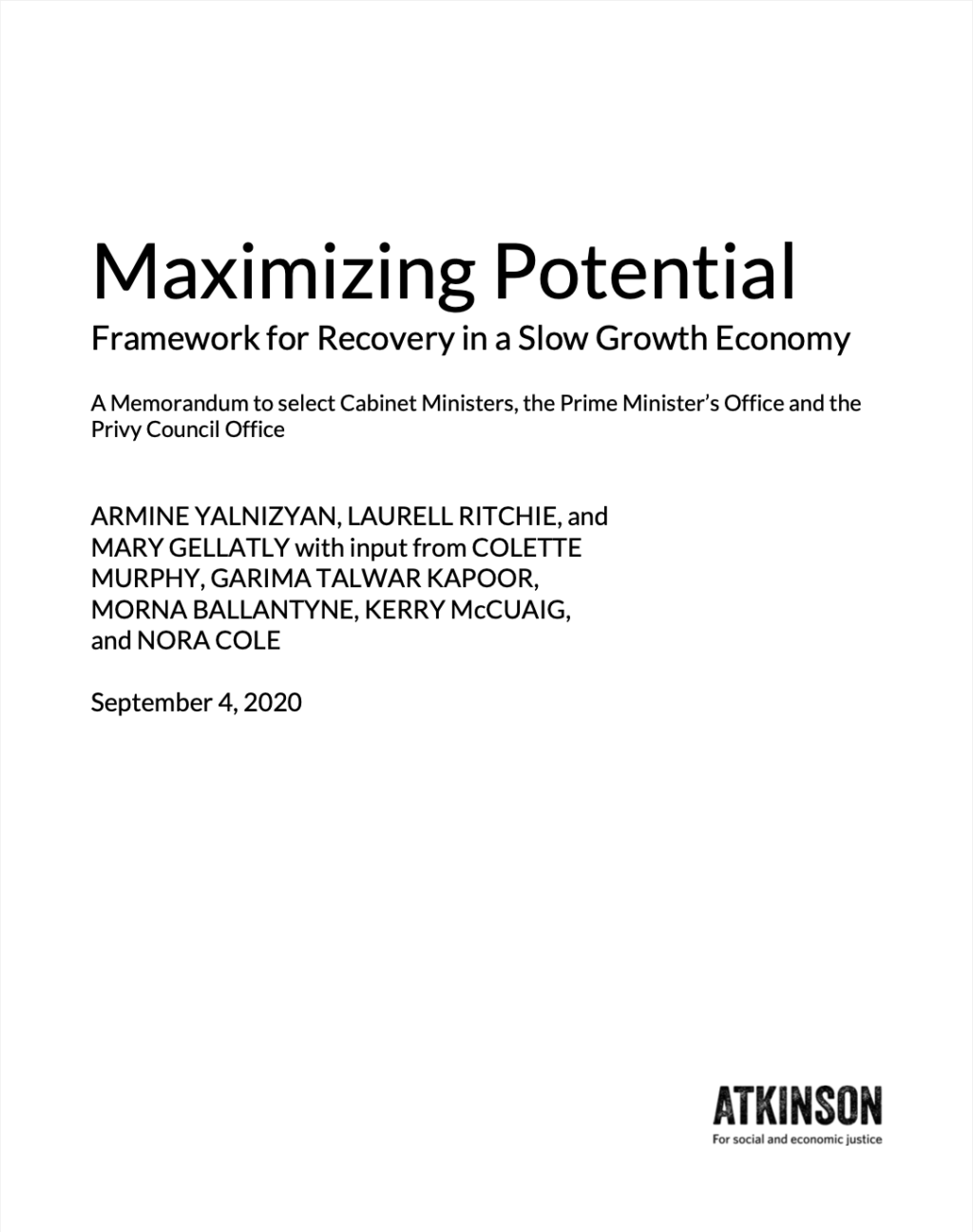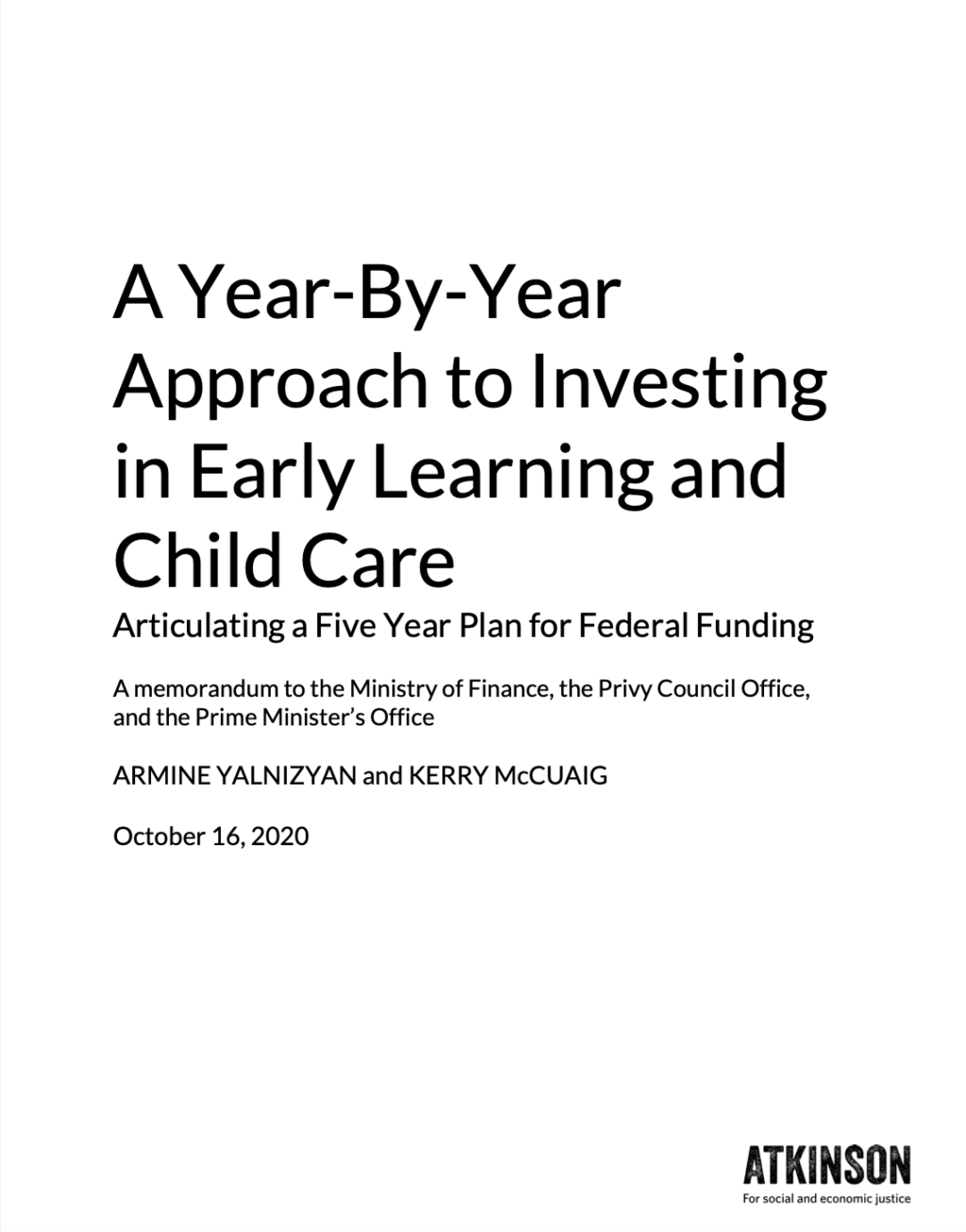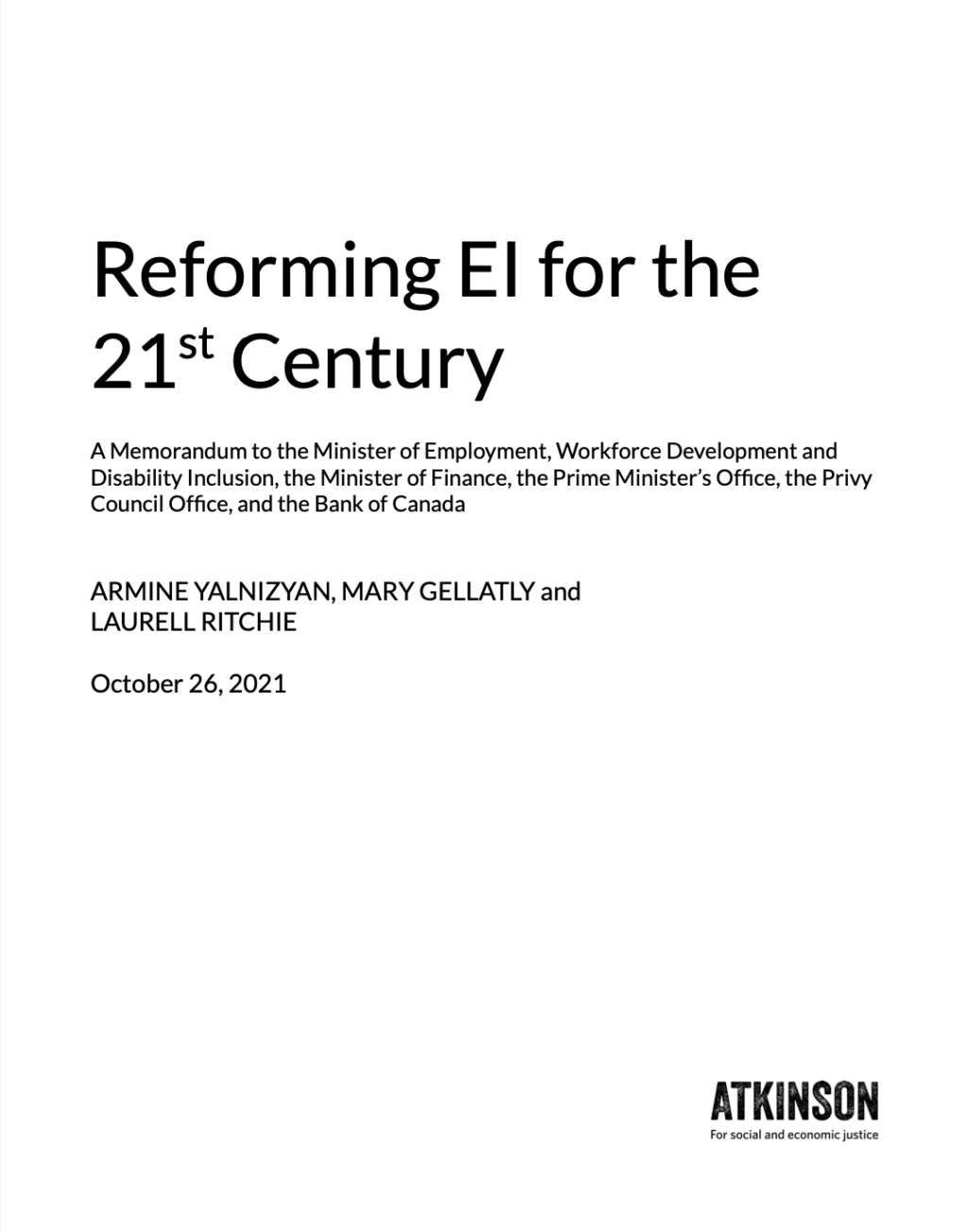Armine Yalnizyan
“We’ve never been so close to tackling our biggest challenges. We could yoke the strengths of a powerful new cohort of young workers and breathtaking technologies to the momentum of population aging, extreme climate events and care systems in crisis. We could make every job a good job, the foundation of tackling everything else.”
Armine Yalnizyan is a leading voice on Canada’s economic scene. She is the Atkinson Fellow on the Future of Workers and writes a bi-weekly business column for the Toronto Star. She served as a senior economic policy advisor to the federal Deputy Minister of Employment and Social Development Canada in 2018 and 2019, and has been a member of a high-level task group on women in the economy convened by the federal Ministers of Finance and Middle Class Prosperity during the pandemic. Armine helped shape and advance the Canadian Centre for Policy Alternatives’ Inequality Project from 2006 to 2016, provided weekly business commentary for CBC from 2011 to 2018, and served as Vice President and President of the Canadian Association for Business Economics from 2013 to 2019.
Armine was named to Macleans’ 2022 Power List as “the caring persons’ economist.” Read some of the innovative policy proposals that Armine and her collaborators have put forward.
The opinions expressed by the Atkinson Fellow on the Future of Workers do not represent those of the Atkinson Foundation.
-
by Category:
-
by Media:




